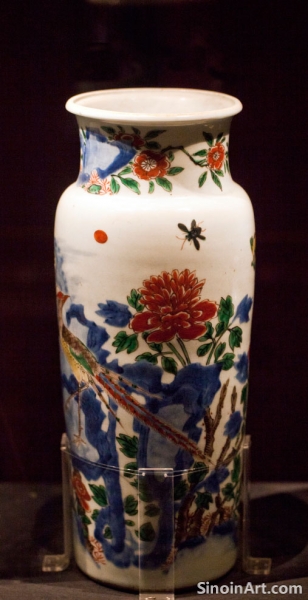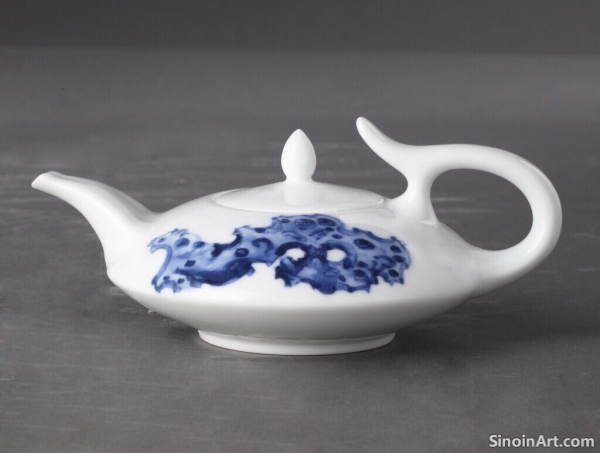Collecting and Appreciating Yuan Ceramics Today
|
Today, Yuan Dynasty ceramics are highly prized by collectors and museums around the world. Their historical significance, artistic beauty, and technical innovation make them objects of great fascination and value. The story of the Yuan Dynasty is also an important element in the history of China.  Collecting Yuan ceramics requires a deep understanding of the different styles, periods, and techniques employed during the dynasty. Knowledge of the forms, glazes, and decorative motifs is essential for authenticating pieces and assessing their value. A careful study of the historical context is also vital.  The value of Yuan ceramics is determined by a variety of factors, including age, rarity, condition, and provenance. Blue and white pieces, particularly those of imperial quality, are highly sought after. The technical skill and artistry of the piece are also determining factors.  Museums and galleries play a crucial role in showcasing Yuan ceramics and educating the public about their artistic and historical significance. These institutions provide a valuable source of information for collectors and the interested public. They also serve a vital role in preserving the artifacts for future generations. Appreciating Yuan ceramics today means more than just admiring their aesthetic qualities; it also means understanding their place in history, their cultural context, and their role in the development of ceramic art. They are vital windows into the past and allow us to understand the history and culture of China during the Yuan dynasty |
Tag : Yuan ceramics collecting, Antique porcelain, Chinese art, Art appreciation, Ceramic artifacts
Related information
- The Ethical Considerations in Collecting Yuan Dynasty Porcelain
- The Conservation of Yuan Dynasty Porcelain: Best Practices and Challenges
- Yuan Dynasty Porcelain and the Development of Underglaze Technology
- Understanding the Motifs and Symbolism in Yuan Dynasty Porcelain Decoration
- Understanding the Rarity and Value of Yuan Dynasty Porcelain
This article emphasizes the ethical considerations in collecting Yuan Dynasty porcelain, focusing on issues of provenance, legality, the protection of cultural heritage, and the importance of supporting responsible dealers and conservation efforts.
This article outlines the challenges and best practices in conserving Yuan Dynasty porcelain, emphasizing the fragility of the glaze, the impact of environmental factors, and the complexities involved in restoration processes.
This article examines the critical role of the Yuan Dynasty in the development of underglaze technology, focusing on the mastery of cobalt blue painting and the experimental use of copper red, which paved the way for later ceramic innovations.
This article explores the symbolism and cultural meanings behind the decorative motifs found on Yuan Dynasty porcelain, such as floral, animal, geometric, and figural designs, offering a deeper understanding of the era's culture.
This article explains the rarity and high value of Yuan Dynasty porcelain by highlighting factors such as the short duration of the dynasty, technical difficulties in production, and its significant historical and cultural importance.